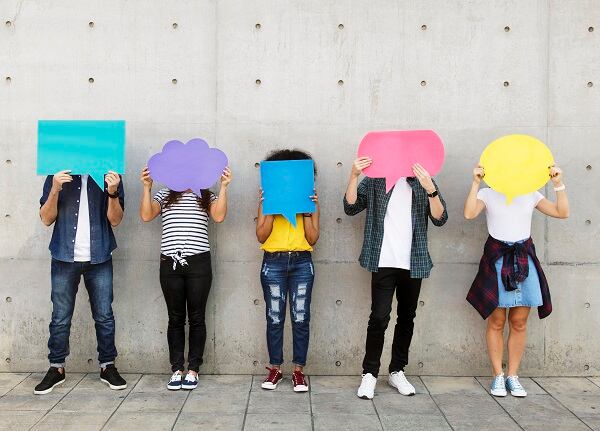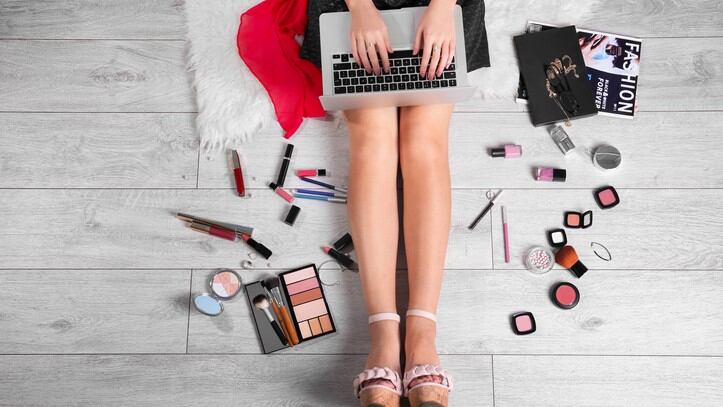In this collection of articles we bring you some of the most noteworthy movements in this area over the course of the year, highlighting how retail is constantly having to be reinvented to keep up with the ever-changing cosmetic trends, as well as how consumers like to buy their products.
In recent years digital retailers such as Amazon have carved out a huge slice of the retail pie, but high street retailers having been fighting back by tapping into trends such as indie beauty, as well as taking advantage of providing sampling and matching services, particularly for color cosmetics.
Here we bring you some of the most interesting strategies and trend observation from the Cosmetics Design archives for 2019. Just click in the subheading to read the full story:
Lush exec says in-store experience still vital
High street beauty brands have a responsibility to create in-store experiences for shoppers and adapt to evolving needs – it’s not about replacing bricks and mortar with digital, says Lush’s global property director.
Earlier in the year, cosmetic major Lush opened its second-largest European high street store in Munich – a 689-square metre, three-storey location featuring a florist, coffee kiosk and community space. Not long before that, it also opened concept stores in Florence and Paris, and a series of ‘Naked’ stores in Milan, Berline, Manchester and Hong Kong, marking a clear dedication to bricks and mortar expansion.
CosmeticsDesign caught up with Paul Wheatley, global property director at Lush, to find out why such investments were important for the beauty brand.
Amazon fails to woo Gen Z shoppers
Global commerce consultancy, Wunderman Thompson Commerce, reveals how the retail giant’s market share dominance drops amongst the Gen Z demographic who do not have the same level of loyalty towards the e-tailer as older shoppers.
The Future Shopper report demonstrates that while over a third of consumer spending takes place on Amazon, younger Gen Z shoppers state less connection and loyalty to the household name as they feel less satisfied with the e-commerce name compared with older generations.
Wunderman Thompson Commerce analysed the present commerce environment by engaging with over 15,000 consumers who shop online across the US, UK, France, Germany, Spain, Czech Republic, Belgium and the Netherlands.
High street stores adopt new strategies
Amid the changing selling environment, leading beauty and health retailers, Boots and Superdrug, pursue new methods and approaches to consumer engagement and brand positioning.
Staples of the British high street, Boots and Superdrug, have tactically placed themselves at the heart of the shopping experience for 170 and 54 years, respectively.
As the digital era arrived — bringing with it the rise of e-commerce, convenience and personalised shopping — the big household names on the high street have struggled.
As such, the likes of physical beauty names like Boots and Superdrug are now diversifying their retail channel and distribution strategies to increase engagement through optimising the customer experience.
Amazon continues to attract indie beauty brands
Pour Moi Skincare has announced plans to start selling on the multinational ecommerce platform—a move that more and more cosmetics and personal care startups are making since Amazon launched its dedicated indie beauty shop last summer.
Pour Moi Skincare has partnered up with Stella Rising, a marketing and media agency focused on moving clients upward in the consumer-first economy, for its Amazon launch. The agency previously did business as Women’s Marketing Inc. and recently rebranded to broaden its reach:
“Understanding the personal needs and passions of smart, sophisticated women has always been a core component of our DNA. Regardless of a brand's target audience, we are focused on delivering results that drive ROI and elevate a brand's performance in today's highly diverse and demanding consumer driven marketplace” CEO Andrea Van Dam told the press late last year when Stella Rising was announced.
L’Oréal and Amazon combine artificial intelligence and beauty
L’Oréal’s Modiface has announced that it will provide its AI-powered technology to enable the first virtual try-ons for cosmetics on Amazon, bringing together the e-retail giant and the rising potential of AI for beauty.
ModiFace’s proprietary technology allows retailers to seamlessly incorporate virtual try-on experiences for an unlimited amount of products.
Amazon customers will be able to use the front-facing camera on their mobile phone to digitally try on different shades of lipstick in a live video of themselves or on a selfie.
Nicolas Le Bourgeois, head of Amazon Beauty, has said: “We are excited to team up with ModiFace to make shopping for cosmetics online even easier by offering customers the ability to virtually try-on before they buy.”
He continued: “This launch is another important milestone in our vision to be the best possible place for customers to discover and buy beauty products online.”
ModiFace rolled out the technology on Amazon mid 2019 for customers in the US and Japan.


